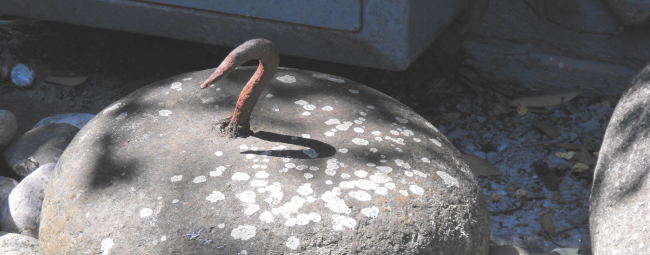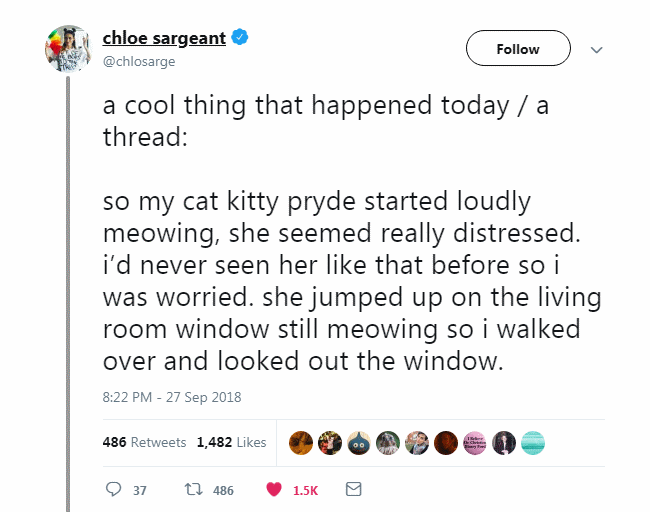The Stupidly Simple Power of Hooks
Sat Sep 29 2018
I’ve touched on the subject of hooks a few times in this blog (here, here, here), but I haven’t talked about what a hook is or how stupidly simple it is to create one.
Here’s the "what" part--spoiler alert, it ain’t rocket science--a hook is just anything that makes readers curious about something.
A relevant anecdote
A few years ago I was teaching writing to the 5th graders in my son’s class, and I wanted to impress upon them the power their readers’ curiosity gives them, so I read them this little vignette:
Robin ran across the playground, the thin metal box tucked into the sleeve of her shirt. Recess was almost over. How long did she have until the bell? Five minutes? Three? Could she find a place to hide the box in such a short time? Robin stopped at the corner of the school building. Kids weren’t allowed to go around to the back of the building.
Robin knew she would end up in the principal’s office, again, if the recess monitor caught her. Another lecture. Another discipline slip to take home. Another punishment doled out. That would be bad enough. But it would be much, much worse to get caught with the box.
Robin scanned the playground. She saw the recess monitor over by the swings. She took a breath and ducked around the corner into the forbidden space behind the building.
The kids went instantly and furiously out of their minds.
"What’s in the booooox?"
That’s all they wanted to know. They begged. They pleaded. They were incensed that I would dare stop at that point. They had to know what was in the box.
Which was a problem, because I had no idea. I hadn’t written any more than that opening vignette. The answer wasn’t relevant to what I was trying to teach them, but not having the answer just about derailed my entire lesson plan because they absolutely could not let go of that question.
Which proved my whole point: make a reader curious about something, and they will do anything up to and including reading your whole story. Or, as George R.R. Martin can tell you, writing to the author directly to ask for answers to questions that sequels are supposed to provide.
Hooking the reader is easy
My little vignette took 142 words to hook a class of 5th graders, but you can hook a reader much faster. For example, the following floated across my twitter feed this morning:
Do you see what she did there? I was on the verge of letting this tweet gloss right by in the stream until Ms. Seargent left it hanging on her looking out the window.
Then I had to click and read the whole thread. Which I highly encourage you to do (here’s the whole thread), as the thread is something of a master-class in creating hook after hook to keep readers invested and build up our desire to see how the whole thing turns out.
I don’t imagine this was an accident, either. Click through to her profile, and you’ll see that Chloe Sargeant is a writer and journalist. She knows how to use hooks. Case in point.
Curiosity is a stunningly powerful tool
What’s in the box? What’s out the window? The answers don’t matter nearly so much as the power the questions have to compel your readers through your story. I could have put anything in the box. Anything could have been out that window. Either way, readers were hooked.
And it’s so easy to do. I did it in 142 words. Sargeant did it in 50.
In the end, the only way I was able to continue my lesson was to promise to write the rest of the story. It took another 7000 words to reveal what was in the box. Sargeant took 14 more tweets to finish her story.
And in both cases, our respective audiences were rapt with attention, all because of the stupidly simple trick of making readers curious from the beginning.


 @sonjablack.bsky.social
@sonjablack.bsky.social